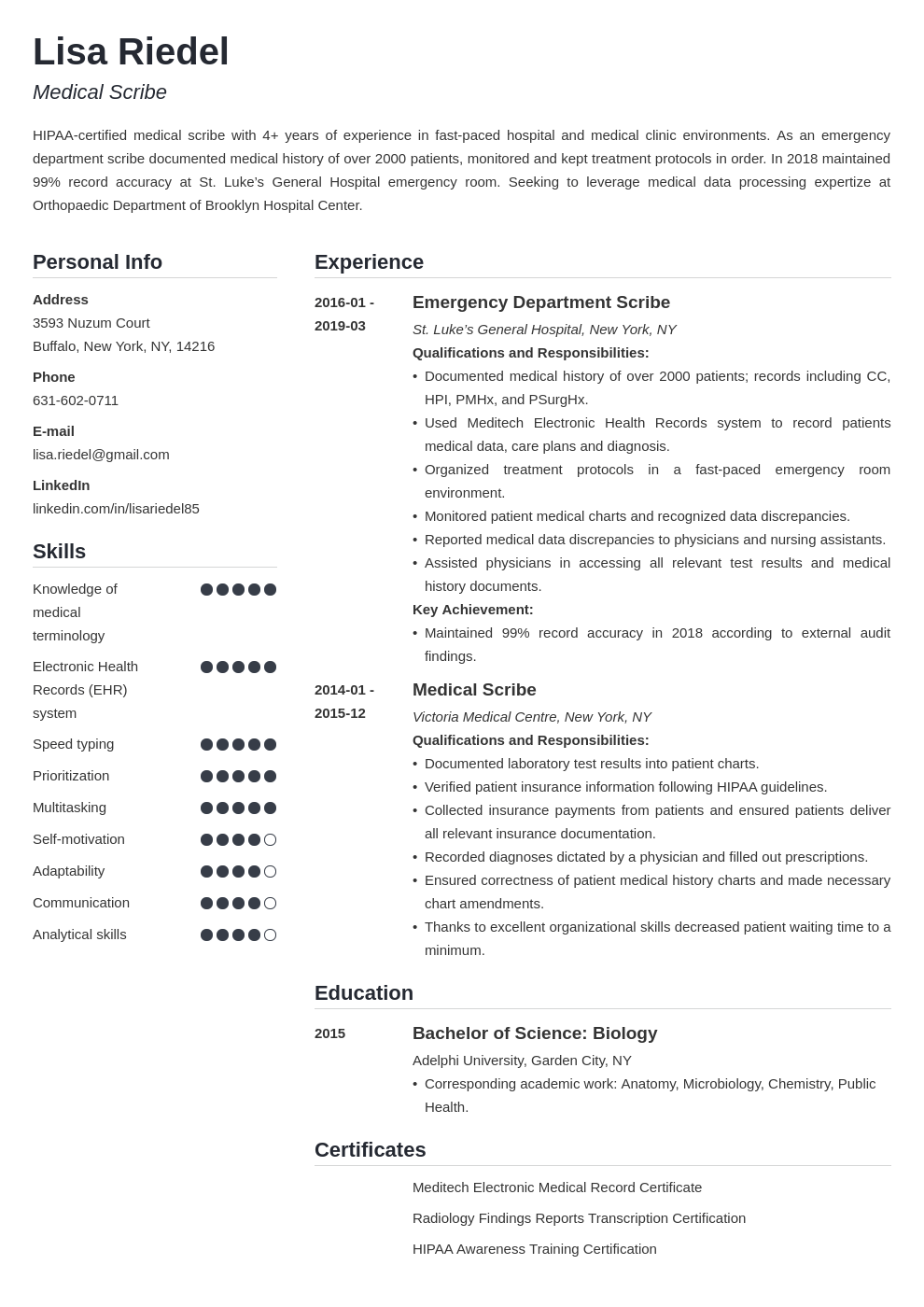
The main challenge with this route is that these smart, young students go away to academia after a year or two taking all of the knowledge with them, forcing the practice to start all over with finding, hiring and training a new scribe. Some practices recruit and hire pre-med students who are paid minimum wage. One of the downfalls of a scribe strategy is that they are an added expense and HR overhead. Of course, the physician must still review the chart and electronically sign the scribe’s documented encounter in the EMR. Scribes can also help increase reimbursement, which will be discussed shortly. They take the burden of charting away from the provider and can return a doctor to an efficient workflow. Medical scribes are trained to do the chart preparation and visit charting in the EMR providers. They found studies showing how EHR/EMR charting is related to “decreased physician productivity and revenue, negative patient-physician interactions and relationships, and widespread physician dissatisfaction.” They also found that physicians can lose out on reimbursement with insufficient charting. Many doctors wake up early to chart prior to clinic and also spend time after clinic charting and catching up with emails. What we have found at ScribeEMR, in addition to what Gawande has described, was that for every hour of face time with a patient, a doctor spends an additional 2 hours completing clerical tasks. Shankar adds, “We did intensive market research over a lengthy period and ScribeEMR was born.” Then, around 2016 some of our former medical transcription customers called us asking if we provided a medical scribing solution because they had installed an EMR system and their provider productivity had dipped some 32%, and in some cases even 50%.

We had a medical transcription company, which Nuance acquired in 2007 for $58 MM. He says that the reason his company was started was because of the impact EMRs had on provider productivity. How EMRs Are Killing Provider Productivityĭaya Shankar is the General Manager of ScribeEMR, one of a growing number of virtual scribe services such as M*Modal, iScribe and Physicians Angels.

The culprit, Gawande believes is the onset of complicated Electronic Health Records (EHRs), also known as Electronic Medical Records (EMRs) and his article vignettes how various physicians are approach the problem, including the use of scribes. In this article, we’ll take a look at how virtual scribes could be a solution to physician burnout and the current charting crisis. In a recent New Yorker article, Atul Gawande, CEO of the Amazon, Berkshire, JP Morgan health initiative wrote about “Why Doctors Hate Their Computers.” He points to the soaring physician burnout rate and suicide rates that are nearly double (or triple for women physicians) the average population.


 0 kommentar(er)
0 kommentar(er)
